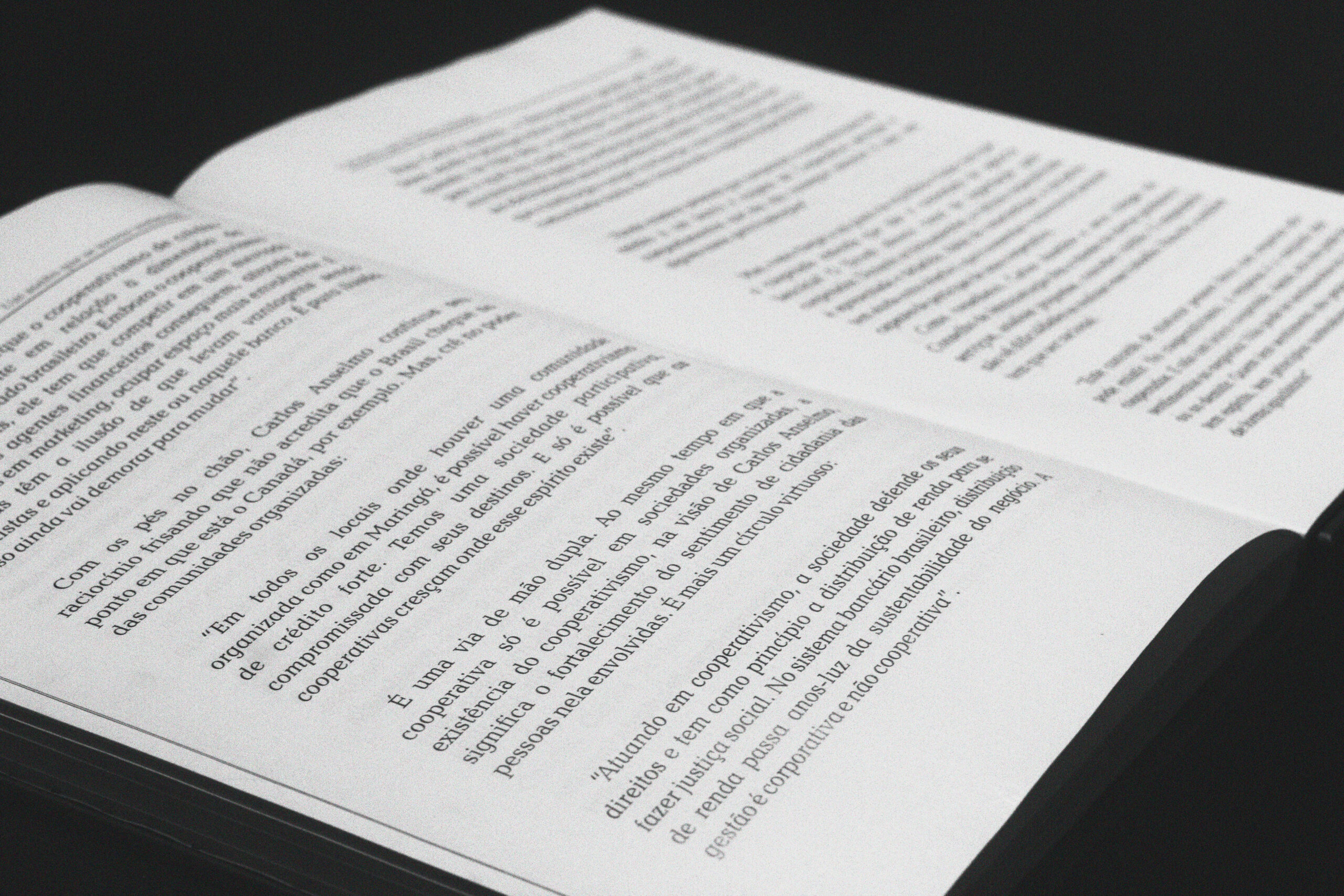The rights and obligations concerning the property of the testator, at the time of his death, transfers to one or more persons, his successors. Polish civil law distinguishes two grounds for inheritance – based on the last will and on the basis of the law. Regardless to the basis of the inheritance, the court, at the request of a person having an interest in following the proceedings, in non-litigious proceedings issues an order, which is a statement of inheritance by the heir.
The confirmation of inheritance acquisition can also be issued by a notary on the basis on article 95a the law on Notaries, and the form of certified deed of succession.
Both of these forms are of equivalent value, and the law establishes a presumption that the person who obtained the confirmation of inheritance acquisition or a certified deed of succession, is indeed the heir. However, no person can argue against the presumption arising from the confirmation of inheritance acquisition based on the presumption arising from the certified deed of succession. The inheritance court shall annul the certified deed of succession, if in relation to the same succession the confirmation of inheritance acquisition had been issued.
Confirmation of inheritance acquisition an certified deed of succession cannot be issued before the expiry of six months since the date of opening of the succession, unless all known heirs has already submitted the declaration of acceptance or rejection of the succession. According the article 924 of the Civil Code the succession opens with the death of the testator, and therefore the six-month deadline shall be counted from that day.
Obtaining the confirmation of inheritance acquisition is of great legal significance. First, it is the basis for the division of the succession property, as it determines the circle of heirs and the proportion in which the succession should accrue to individuals. Second it is the proof of being the heir, so you can use it to prove your inheritance rights. Thus, the heir may demand that a person who occupies the succession as the heir, but is not the heir released it. The same applies to individual objects belonging to the succession. Such document also protects third parties involved in activities, with the heir, in good faith. Namely, if the person who obtained the confirmation of inheritance acquisition or a certified deed of succession, but is not the heir, disposes the right belonging to succession to a third party, the person to whom the subsequent disposal was granted, acquires the right, or is released from the obligation, unless acting in bad faith.
The court ex officio examines who the heir is. In particular it examines whether the decedent left a will, and calls for the submission of the will the person on which it probable that the will is in his or her possession. If the will was submitted, the court will make its opening and announcement. If there is no will a confirmation of inheritance acquisition will be based on the law. As proof that there are no other heirs, the assertion provided by the applicant himself can be adopted. If the assertion was not provided or if the assertion and other provided proofs was not recognized as sufficient, the confirmation of inheritance acquisition may only be issued after calling heirs by an announcement. If within three months from the date of announcement, no one has reported the confirmation of inheritance acquisition or it was not proven at the hearing, the court will issue a decision declaring the acquisition of inheritance by the heirs whose rights have been established.
In the event that the person stated as a heir in the confirmation of inheritance acquisition is not indeed a heir it is possible to initiate the proceedings to revoke or change of this document.

